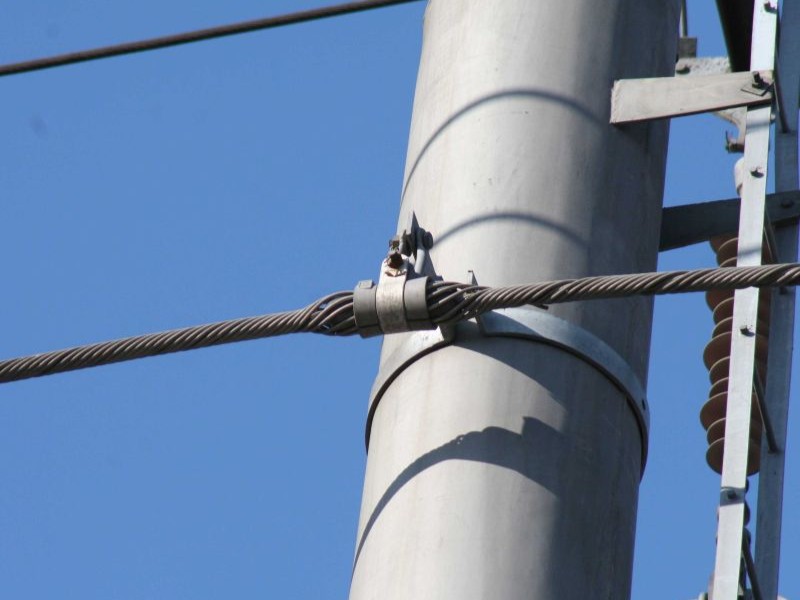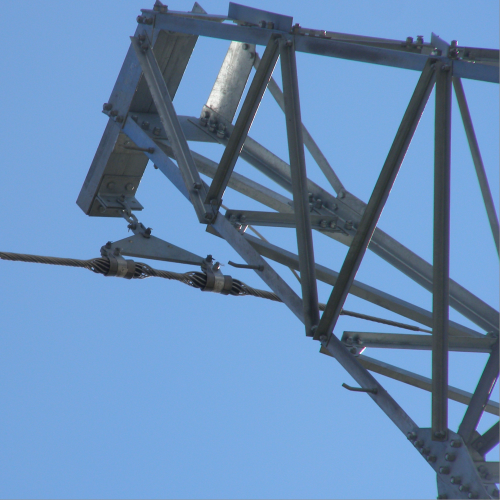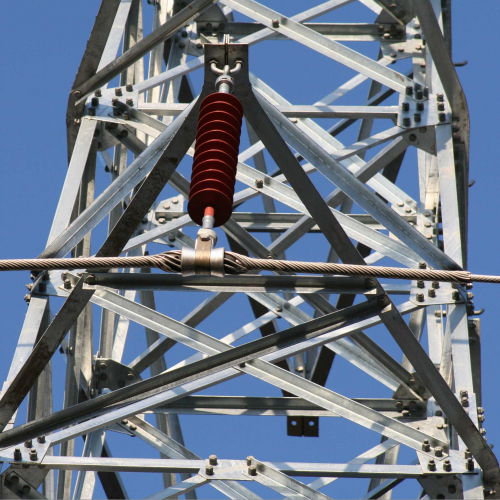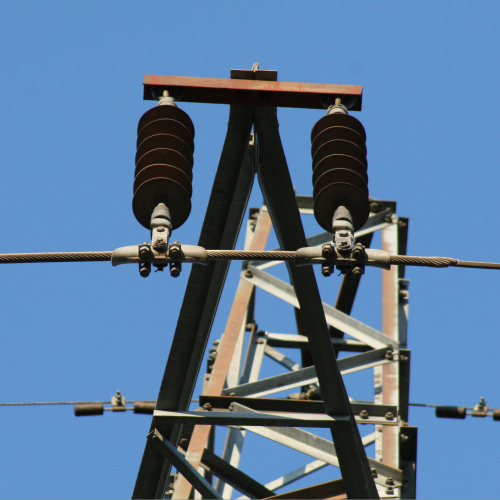Suspension clamp for ADSS fiber optic cables, as the support component of the ADSS optical cable system, the service life will affect the stable operation and maintenance costs of power communication lines. Extending the service life of the fixture can be started from several aspects such as selection, installation and maintenance, so that the fixture can maintain reliable carrying and fixing performance for a long time.
Selection is the basis for extending the service life of suspension clamp for ADSS fiber optic cables. It is necessary to combine the load requirements, environmental characteristics and optical cable parameters of the use scenario to prevent the fixture from failing early due to misselection or missed selection. The ADSS optical cable will withstand its own weight, wind load, ice and snow load and other external forces during operation. The fixture needs to choose a model that matches the tension level of the optical cable so that the load-bearing capacity of the hanging plates and bolts can meet the design requirements to prevent deformation and fracture of the components due to the load exceeding the rated value. And the clamping body of the fixture should accurately match the outer diameter and outer sheath material of the ADSS optical cable. If the inner diameter of the clamping groove is too large, the optical cable will slide in the fixture, which can easily cause wear of the sheath. If the inner diameter is too small, the optical cable will be over-squeezed, causing the sheath to deform or even break. At the same time, the cushion material should be compatible with the optical cable sheath to avoid chemical reactions due to incompatible materials, resulting in adhesion and accelerated aging of the cushion.

The normative operation of the installation link has a great impact on the initial state of suspension clamp for ADSS fiber optic cables. Non-standard construction can easily cause damage to fixture components or uneven force, shortening the service life of the fixture. Suspension clamp for ADSS fiber optic cables should train construction personnel before construction to clarify installation steps and operating standards. Special tools need to be used during construction, and it is forbidden to directly strike the main body of the fixture with a hammer to prevent dents and cracks in metal parts and damage the anticorrosive coating. When dragging the optical cable, avoid friction between the optical cable and the edge of the fixture to prevent the clamping body or cushion from being scratched. When installing on the tower, pay attention to the spacing between the fixture and the crossbar of the tower and other line components to prevent the fixture from being squeezed or collided for a long time due to insufficient space. After installation, it is also necessary to check the position and force status of the fixture through tools such as a level meter and a tensiometer. If the tilt angle of the fixture is found to exceed 3°, it needs to be corrected by an adjustment device to keep the optical cable in the designed straight line of force to avoid local wear of the fixture due to uneven force. If it is found that the cushion and the optical cable do not fit tightly, the clamping bolts need to be disassembled and adjusted again to prevent rain and dust from entering the gap and causing internal corrosion.
Suspension clamp for ADSS fiber optic cables will also have problems such as aging and loosening of components due to environmental impact during long-term operation. Regular maintenance can detect hidden dangers in time and deal with them. Therefore, it is best to perform regular maintenance and inspection of suspension clamp for ADSS fiber optic cables according to the characteristics of the scene. Inspections are recommended every 1 to 2 years in ordinary areas, and every 6 to 12 months in harsh environments.




